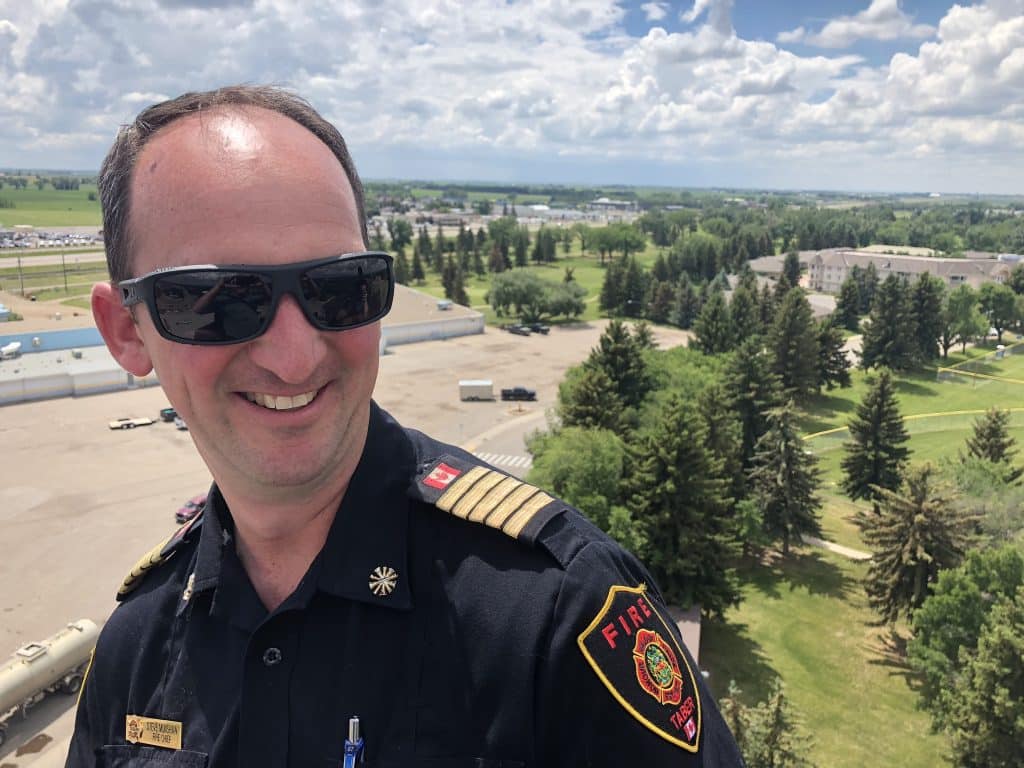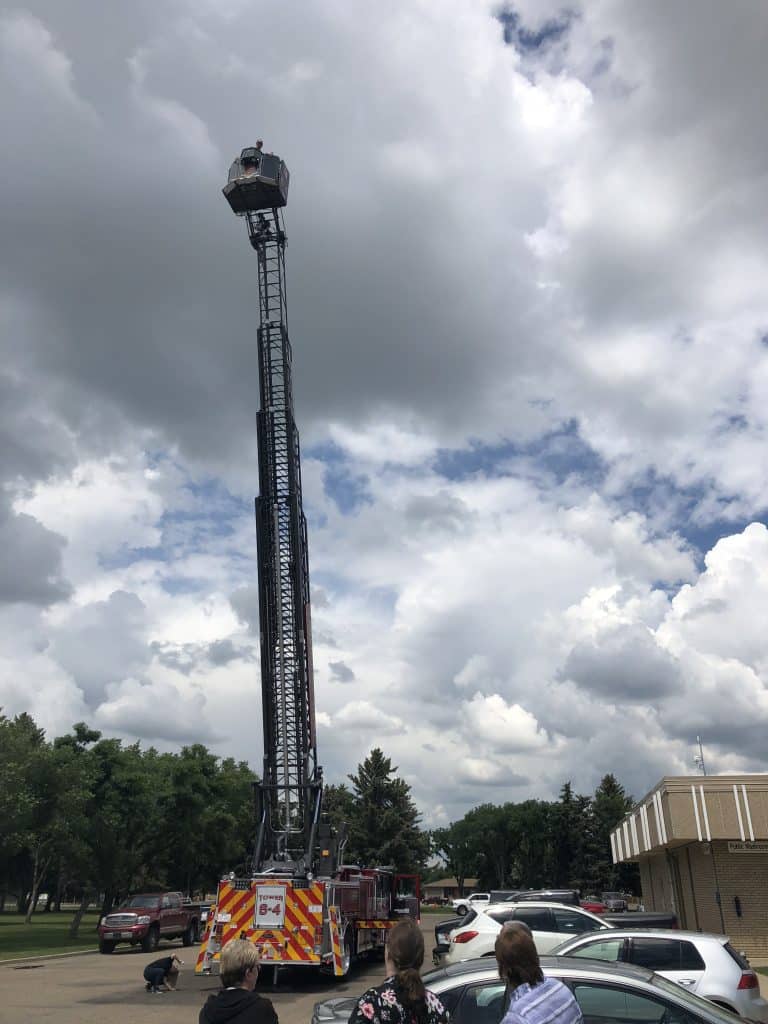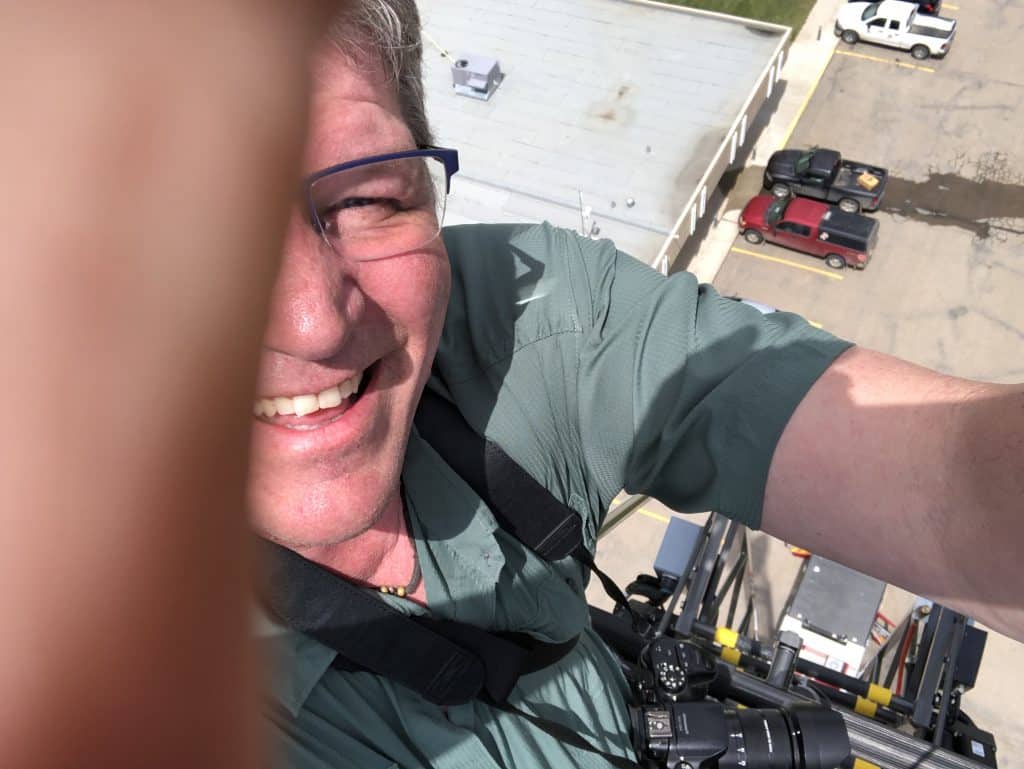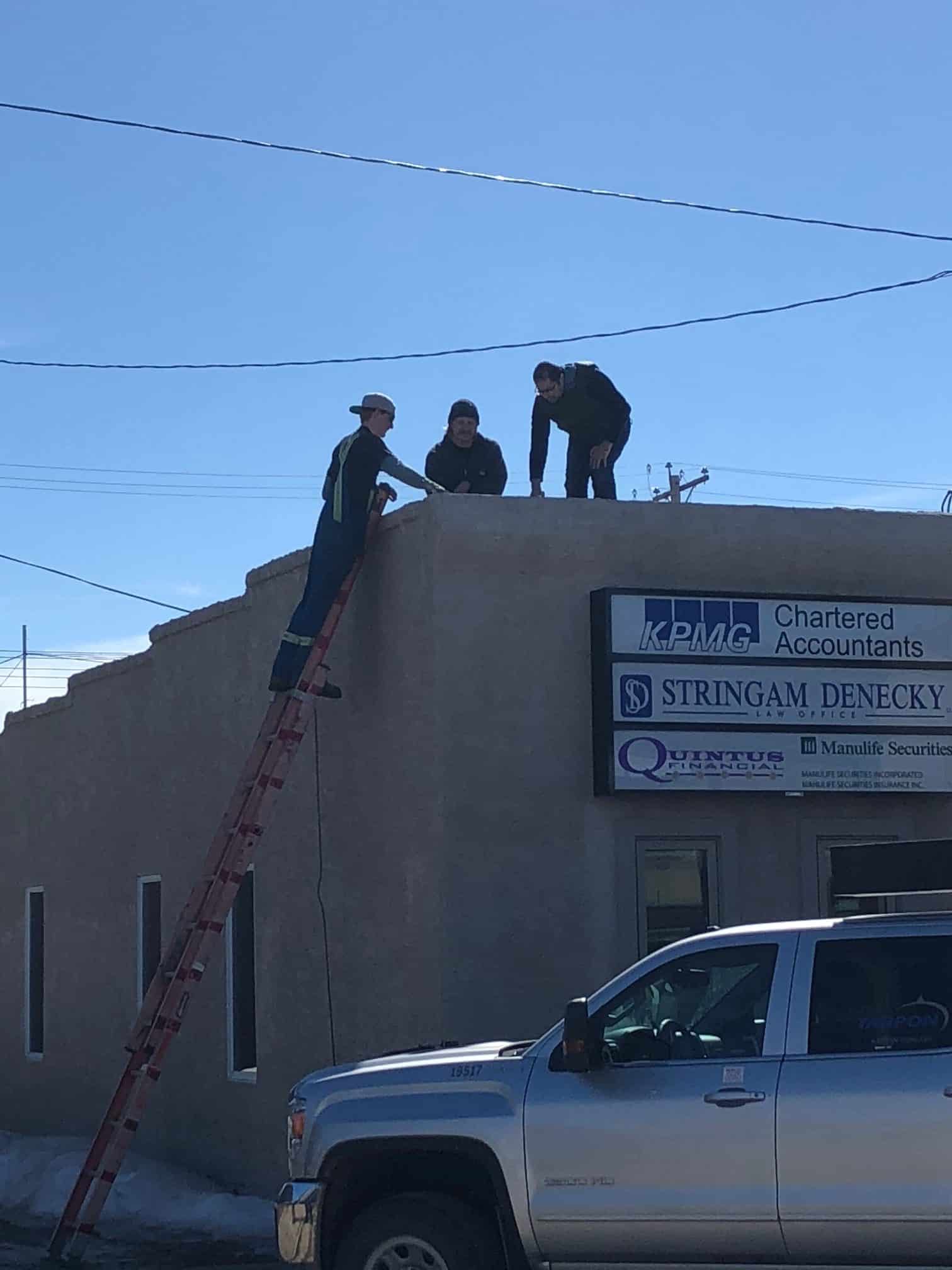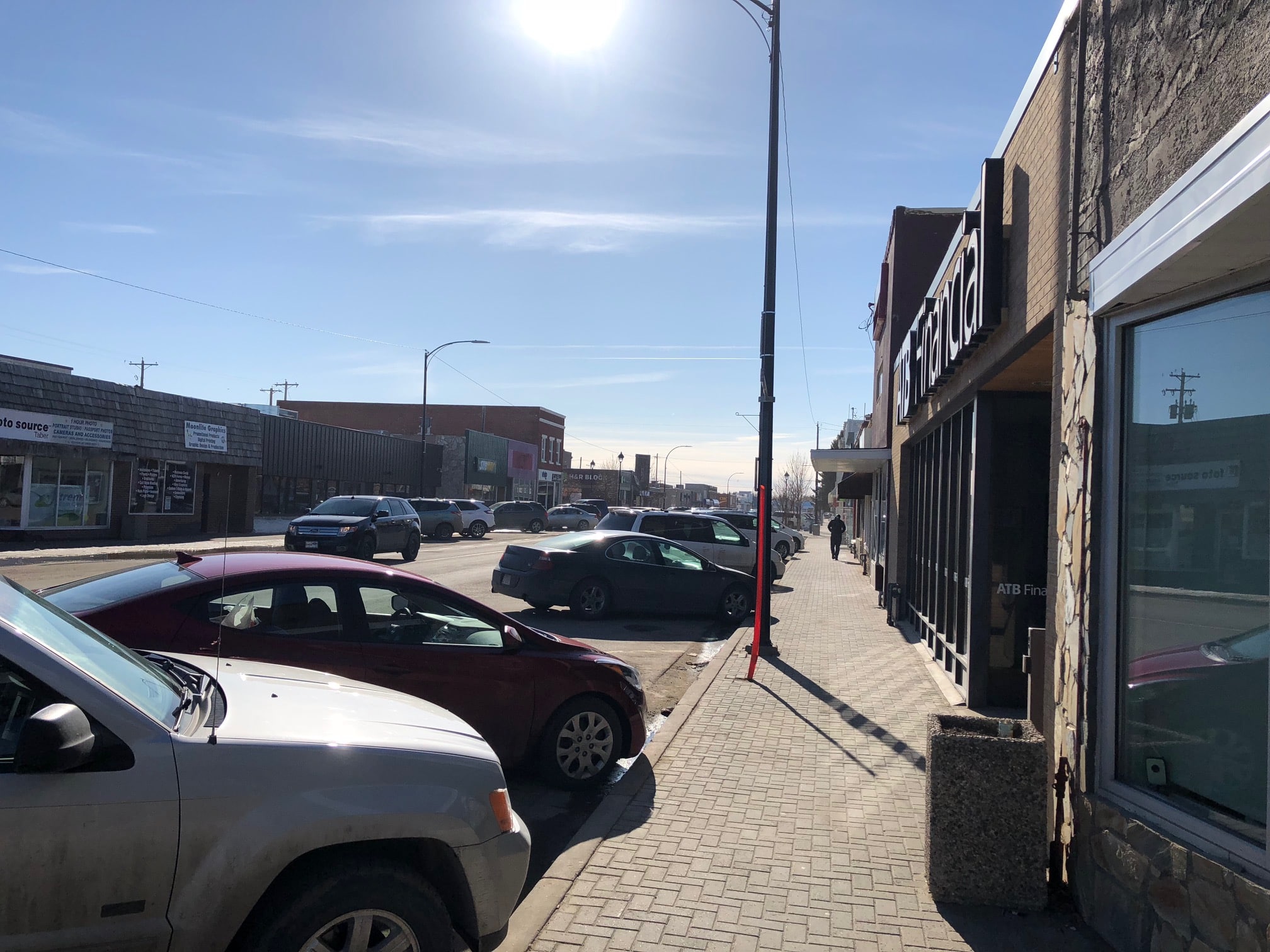We’re excited to be part of the Bragg Creek community and even more excited to connect you to great Internet! You may have seen us around the community, testing the network or perhaps here online (we’re on Facebook, Twitter, and LinkedIn) busy answering questions.
For your convenience, we’ve compiled questions we’ve been asked so far. We’ll be updating the page regularly as we progress with the network.
What is the timeline for the Bragg Creek network deployment?
Our team has been busy since the fall of 2020 revising our deployment plans. We’ve been working closely with FortisAlberta and have submitted all necessary poles for approval (we expect to have a positive update soon.)
We know the hardship that lack of internet causes, so we understand the disappointment and frustration from people counting on us to get them connected.
To all of our customers who have signed up and are anxiously awaiting connection – thank you for your continued support and patience.
Mage Networks FREE community Wi-Fi coverage in Bragg Creek:
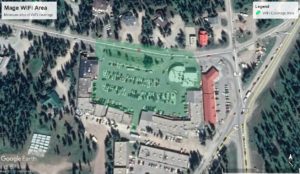
Who is Mage Networks?
Mage Networks is the Canadian Internet Technology company headquartered in Calgary, Alberta.
What does Mage Networks do?
Our network is a combination of fiber and our own technology, MagiNet™.
MagiNet™ is formed by hardware and firmware designed by our team and seamlessly uses wireless and wired connections to create wireless coverage over, under, and around any sized area without degradation in speed or consistency.
Is your technology as good as you say it is?
Our network is a new breed of mesh networks.
Unlike cellular towers, we use a series of interconnected nodes, instead of all units having to connect to one access point. We place as many nodes as needed, wherever they are needed to bring Internet access directly to a specific area and guarantee no data rate loss.
That means that even obstacles like trees or buildings – even the weather – do not impact the signal strength and you’ll have reliable high-speed Internet. In effect, the connection is made where it’s needed and not where it’s not needed (such as cows in a pasture getting great service from a nearby tower).
Where are Mage Networks deployed?
Mage has deployed networks in Alberta, Grand Cayman, Accra, Ghana, and Monrovia, Liberia. We are currently deploying in Powhatan, and Warrenton, Virginia. We’re currently rolling out service to areas in and around Bragg Creek, Alberta, including Redwood Meadows and Millarville.
How are you planning on delivering power to the nodes in West Bragg?
Units on power poles will get their power from the poles. There are a couple of areas in West Bragg that have buried cables. However, there are above-ground connection boxes that we will use. We will be working with the residents/homeowners/homeowners associations and/or whomever else we need, to come up with solutions to mount and power our equipment.
What kind of experience can we expect with Mage Internet?
Our technology, MagiNet™ provides symmetrical speed. This means that the upload and download speeds have the same maximum limit. Mage doesn’t cut corners on bandwidth and we’re the only ISP that has implemented Guaranteed Streaming Bandwidth™ (we cover that below.)
What is Guaranteed Streaming Bandwidth™, GSB™?
We don’t cut corners on our bandwidth and that’s why we’re the only ISP to offer Guaranteed Streaming Bandwidth™ (GSB™) This refers to the minimum speed of an Internet connection. Minimum speeds matter if you’re using services that require constant streaming. For example, Netflix requires that you have a speed of 5 Mbps to ensure you have a good experience with high definition quality (no buffering or spinny icons.) The design of our network allows us to guarantee that our minimum speed will never go below 7 Mbps.
Which tower does Mage Networks get a signal from?
Our Internet service isn’t based on a tower or cellular service; we use mesh technology. Our technology MagiNet™ directly connects any home and business in an area that wants our Internet service and does not get a signal from a tower. Mesh technology uses a series of small interconnected antennas. For example, in the community of Bragg Creek the Internet feed (backhaul) we connect to, comes from the Alberta SuperNet Fibre Network (there’s a Point of Presence (POP) in Bragg Creek.)
Does your technology rely on fiber or satellite?
Our network is a combination of fiber and our own technology, MagiNet™. MagiNet™ is formed by hardware and firmware designed by our team and seamlessly uses wireless and wired connections to create wireless coverage over, under, and around any sized area without degradation in speed or consistency. The Internet feed (backhaul) we connect to comes from the Alberta SuperNet Fibre Network.
Are networks built by Mage Networks 5G?
No.
3G, 4G and 5G are used by cell phones, whereas MagiNet™ uses Wi-Fi frequencies for the bases of the network.
What equipment and cables have to be installed?
MagiNet™ works by bringing the Internet to your home wirelessly. We install a small antenna (not much bigger than a smartphone) on the exterior of your home. This connects to our wireless network in the community. From the antenna installed on your home, we run an ethernet cable to a Wi-Fi router or directly to your computer.
Can we use our own router?
Yes. You may use your own router, both wired and wireless. You also have the option to directly connect your computer to the ethernet cable we provide. However, this limits the number of devices you can connect.
How long does installation take?
The actual installation time can vary based on the type of residence. However, the average installation time once our installer is on-site is approximately two hours.
How much do your Internet service packages cost?
We currently offer Residential Internet Service and Business Internet Service. To learn more about our packages, you can find more information here: https://mage-networks.com/braggcreek/
What are the Terms and Conditions?
We’ve done our best to simplify our Terms and Conditions so that you don’t need a law degree to understand them. You can find them here: https://mage-networks.com/conditions/
Are Mage Networks regulated by the Canadian Radio-television and Telecommunications Commission (CRTC)?
We are regulated and licensed by the CRTC. Additionally, we meet the internet code which was applied to the Big 10 back in January (however, we do so voluntarily.) Here’s more information about the Internet Code and its applications: https://crtc.gc.ca/eng/internet/code.htm
How Secure is the network?
The Mage Networks ISP infrastructure encompasses the network components between the customer premise and the Internet Service Provider(s). Mage Networks is responsible for the security of the Mage ISP infrastructure. Mage Networks uses the most current wireless encryption protocols, stringent password controls, and internal best practices which generally exceed industry standards. Mage Networks has controls in place to monitor, review, and adjust security practices on an ongoing basis to ensure policies and standards are followed and regularly updated.
As a user, you have an integral role in making your communications secure:
- Implement a secure Wi-Fi password on your router,
- Use the latest routers and the best encryption,
- Ensure that your computers and devices are updated regularly (companies are constantly identifying and fixing weaknesses in their operating system.)
- Practice general safe and standard security practices.
What do ISPs mean when they use the term “up to”?
They don’t guarantee anything because there are too many factors out of their control. They don’t guarantee it if you are their only customer. With high usage, they don’t have a minimum performance no matter how bad it gets.
What is Mage’s Maximum Download Speed?
Currently, our maximum download speed is 100 Mbps.
What is Mage’s Maximum Upload Speed?
Currently, our maximum upload speed is 100 Mbps.
What are stepped Down Data Rates?
Other service providers say: “if you are a big user we’ll choke your speed to nothing to get you to stop using our network so much.”
Mage doesn’t do that.
Unlimited Data Rate: use our network as much as you want, the worst you’ll ever get is our GSB™ (7 Mbps)
How and when will you be addressing the Bragg Creek to Priddis corridor?
Our mission is to connect everyone, everywhere to reliable Internet – this includes the corridor between Bragg Creek and Priddis. The priority and order of regions we deploy our network in are determined by the number of homes, severity of connection, and the difficulty of reaching them (*trees and hills are difficult to go through.)
The regions we’ve zeroed in on were expedited as a result of mobilized residents. Homeowners and business owners who were looking for better Internet, helped bring awareness of our technology to their neighbours and key decision makers. The result is enough interest to make a region viable from a network and business perspective. From there, we design the network from the nearest POP. Our network is engineered to reach every single home within an area, connecting them to reliable Internet.
We encourage residents who are experiencing poor or unreliable Internet connection to speak with their respective MPs, MLAs, County Councilors, county, and municipal administrators, as well as their homeowner’s association.
What are the known health effects of MagiNet™? Learn More Here
Does Mage use satellites?
Our network (MagiNet™) doesn’t rely on towers or satellites. Unlike other service providers, we can go through and around trees, valleys, and difficult terrain to deliver high-speed broadband anywhere. We use data pipelines in a series of small hops where the locations are strategically selected to distribute the data from central locations. Those data pipelines carry multiple signals in multiple directions, intelligently choosing whichever routes will avoid obstacles and interference with other data pipelines. The data automatically zips on and off wired and wireless connections to maximize efficiency.
Looking for more information? Visit Our Company FAQ

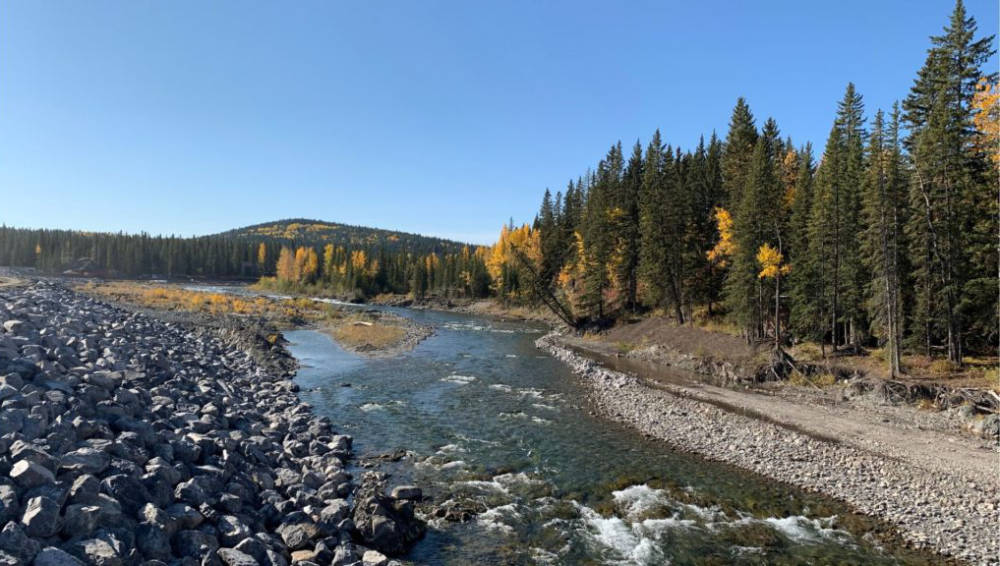
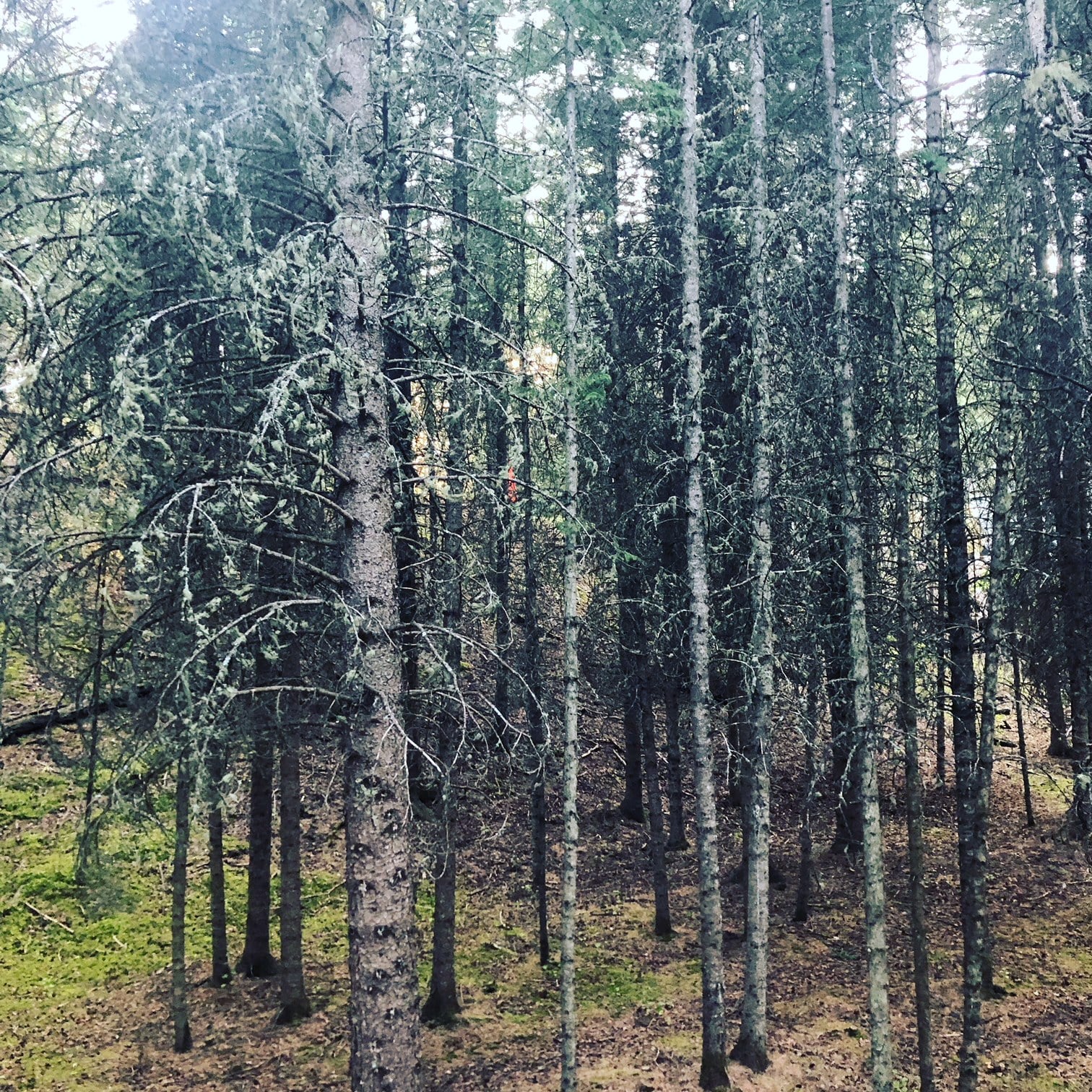
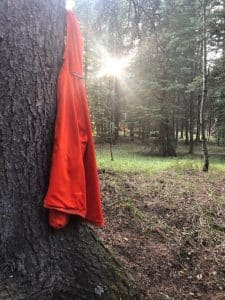 illage of Waiparous, Alberta, a very thickly wooded and mountainous community west of Cochrane, Alberta.
illage of Waiparous, Alberta, a very thickly wooded and mountainous community west of Cochrane, Alberta.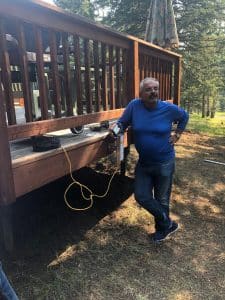 The hop from #3 to #4/#5 longer than expected.
The hop from #3 to #4/#5 longer than expected.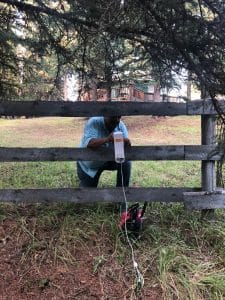 We had a few bumps in the first couple weeks after installation, and most of these have already been resolved.
We had a few bumps in the first couple weeks after installation, and most of these have already been resolved.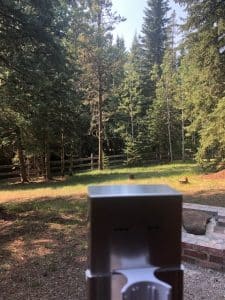 We’re a far cry from being good woodsmen here, but we’ve come a long way in the past month, thanks to the folks in Waiparous and the ISP, Velocity Networks, giving us this opportunity. And while we’re on this topic, we must also mention the great skill and patience of the install team at Velocity Networks….they caught a few problems for us before they happened, and their skill and preparedness has been critical to our success so far. Thank you Jason, Bob and Adam!
We’re a far cry from being good woodsmen here, but we’ve come a long way in the past month, thanks to the folks in Waiparous and the ISP, Velocity Networks, giving us this opportunity. And while we’re on this topic, we must also mention the great skill and patience of the install team at Velocity Networks….they caught a few problems for us before they happened, and their skill and preparedness has been critical to our success so far. Thank you Jason, Bob and Adam!
